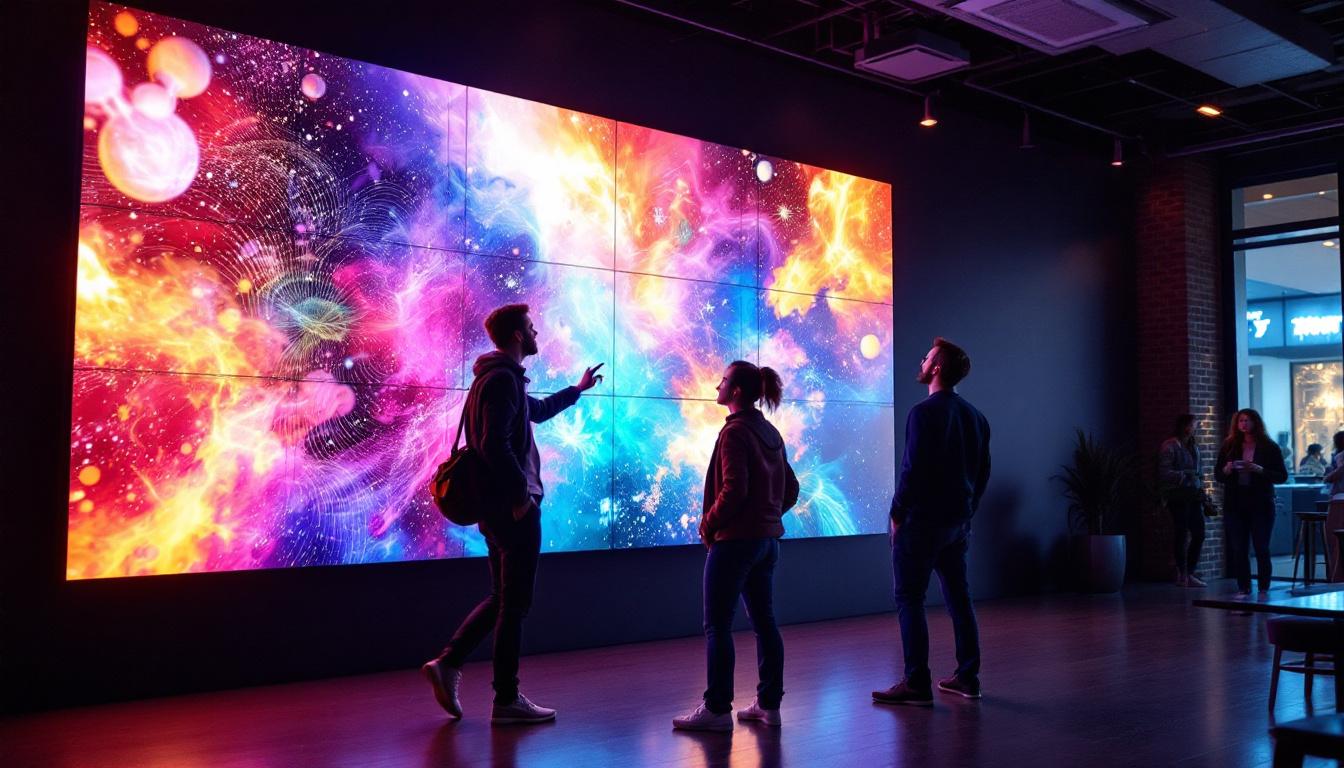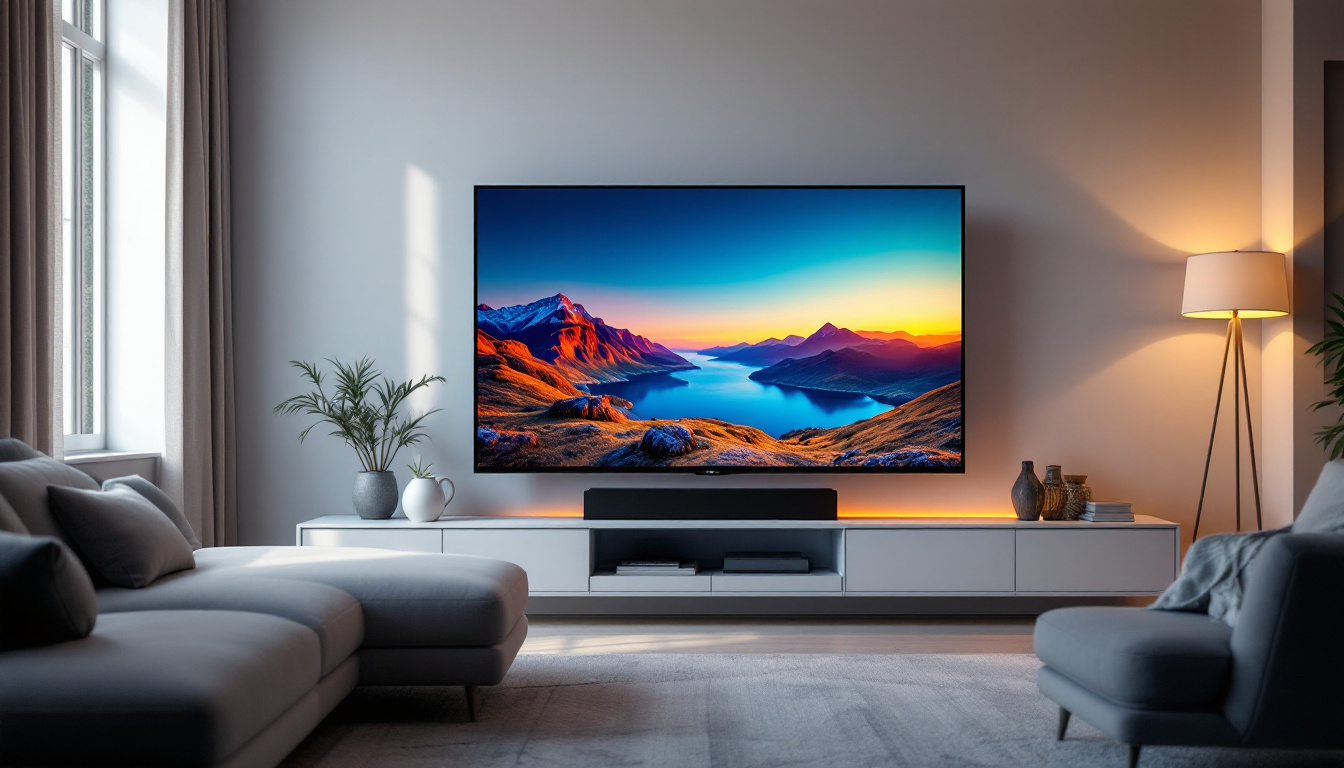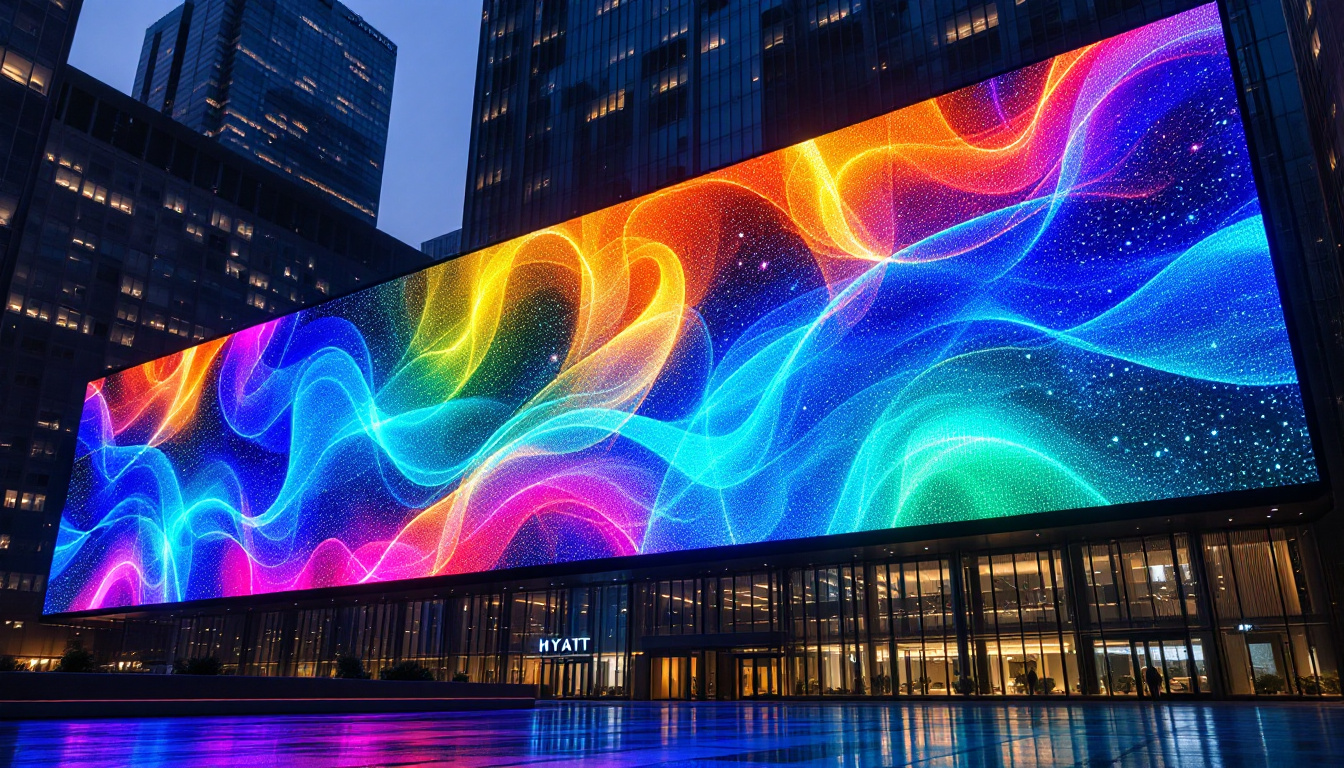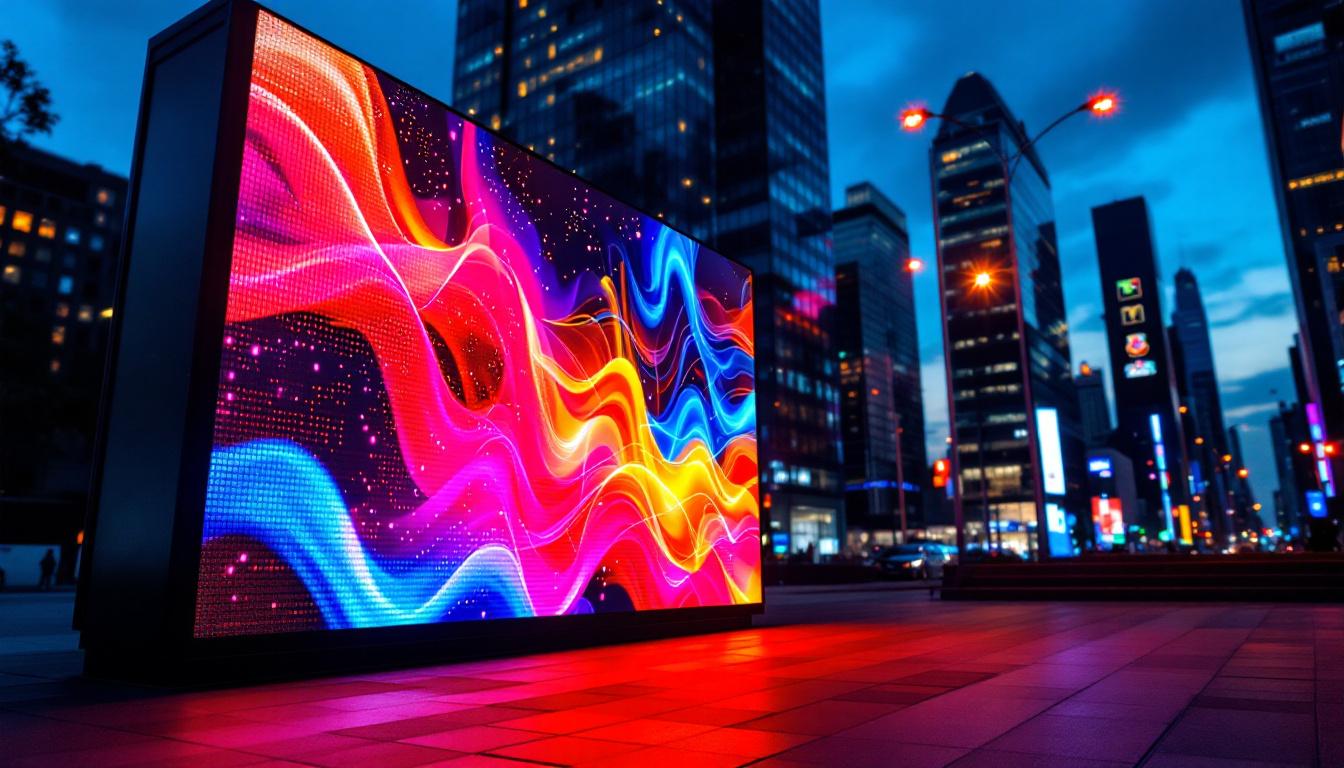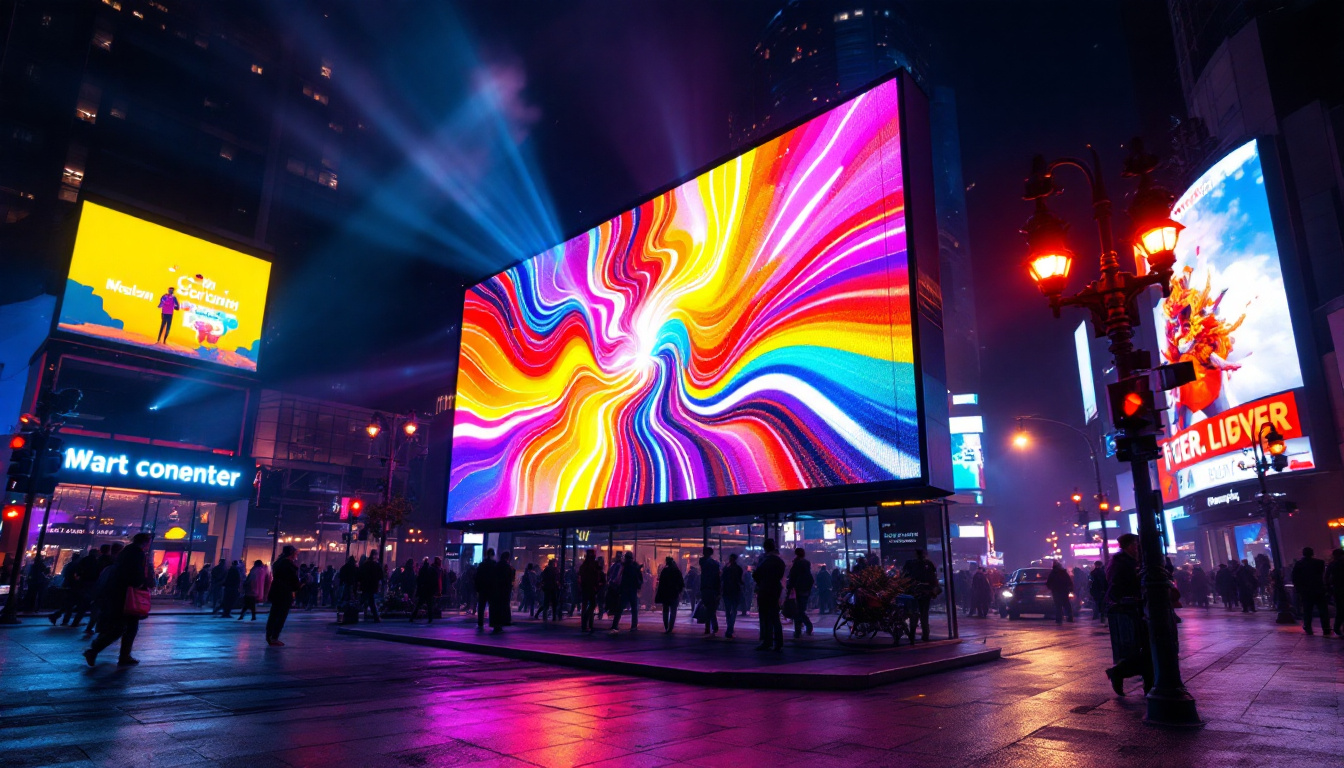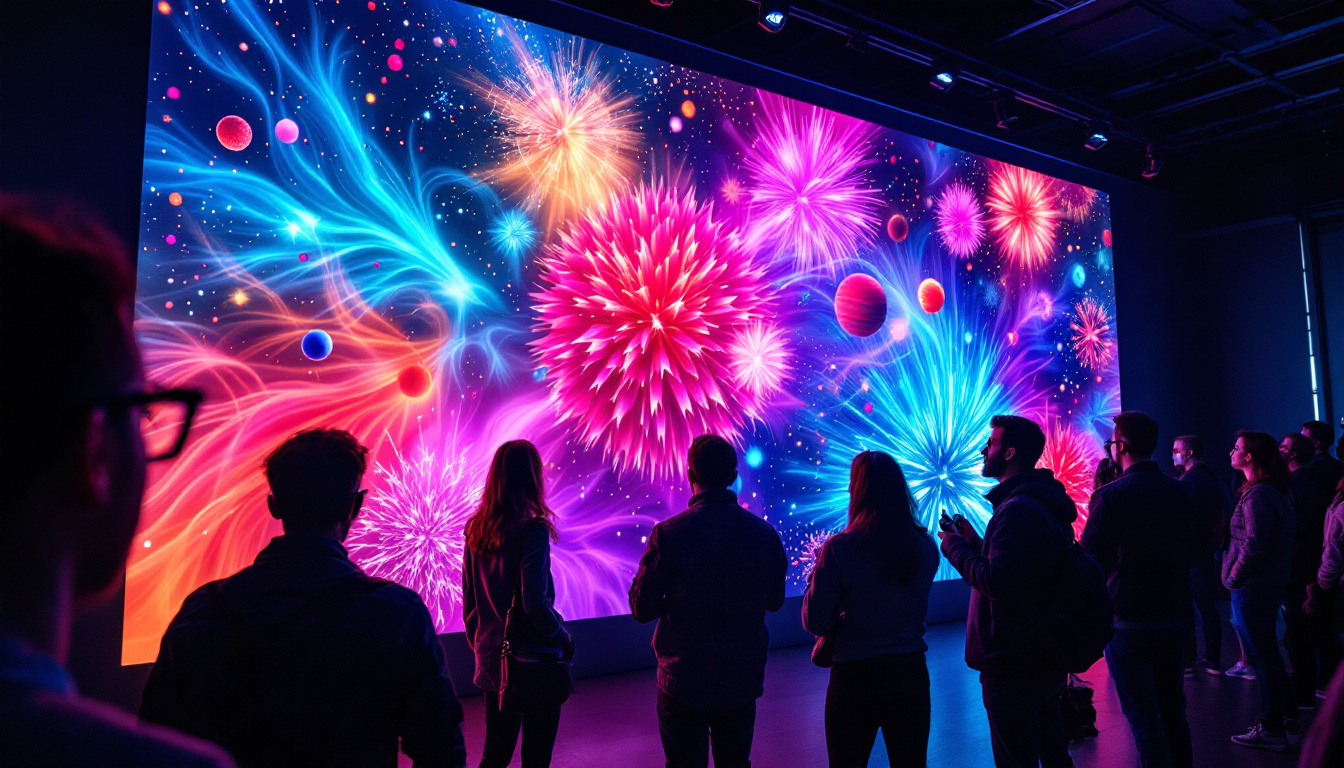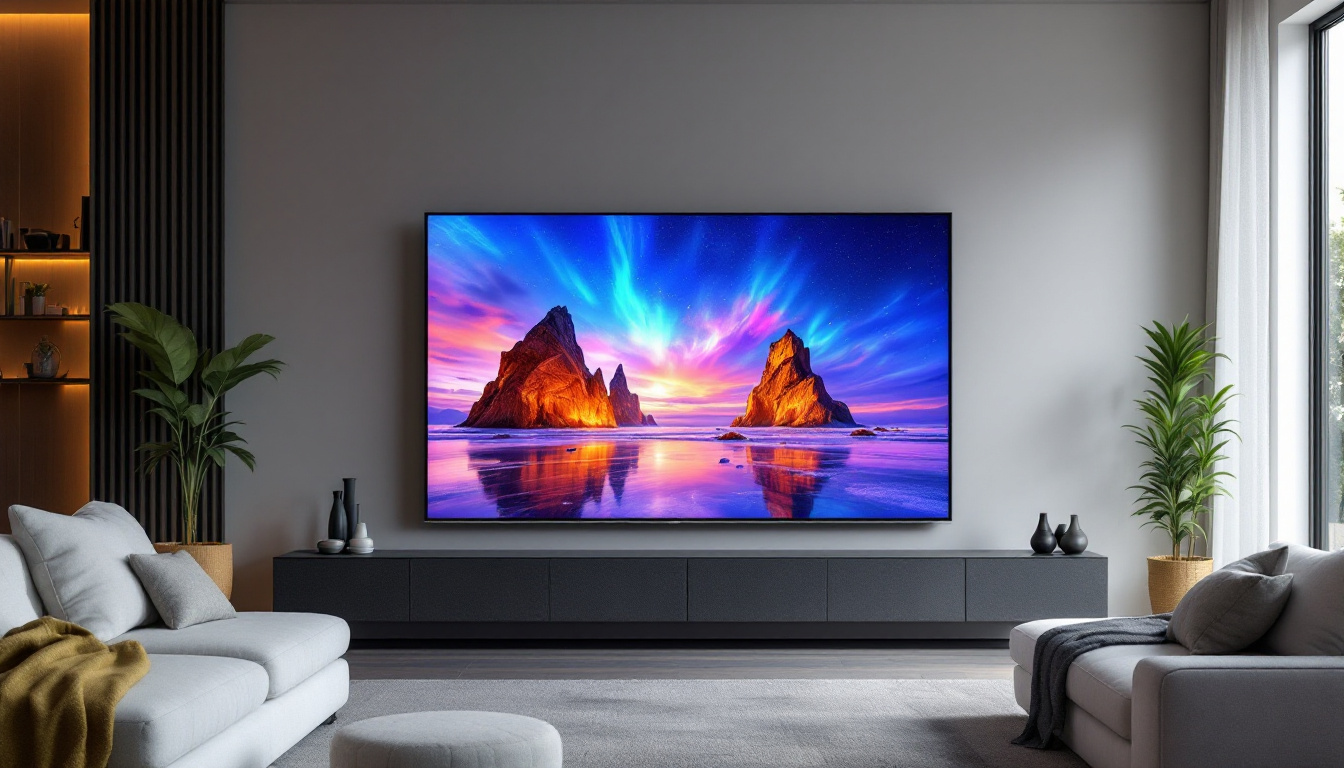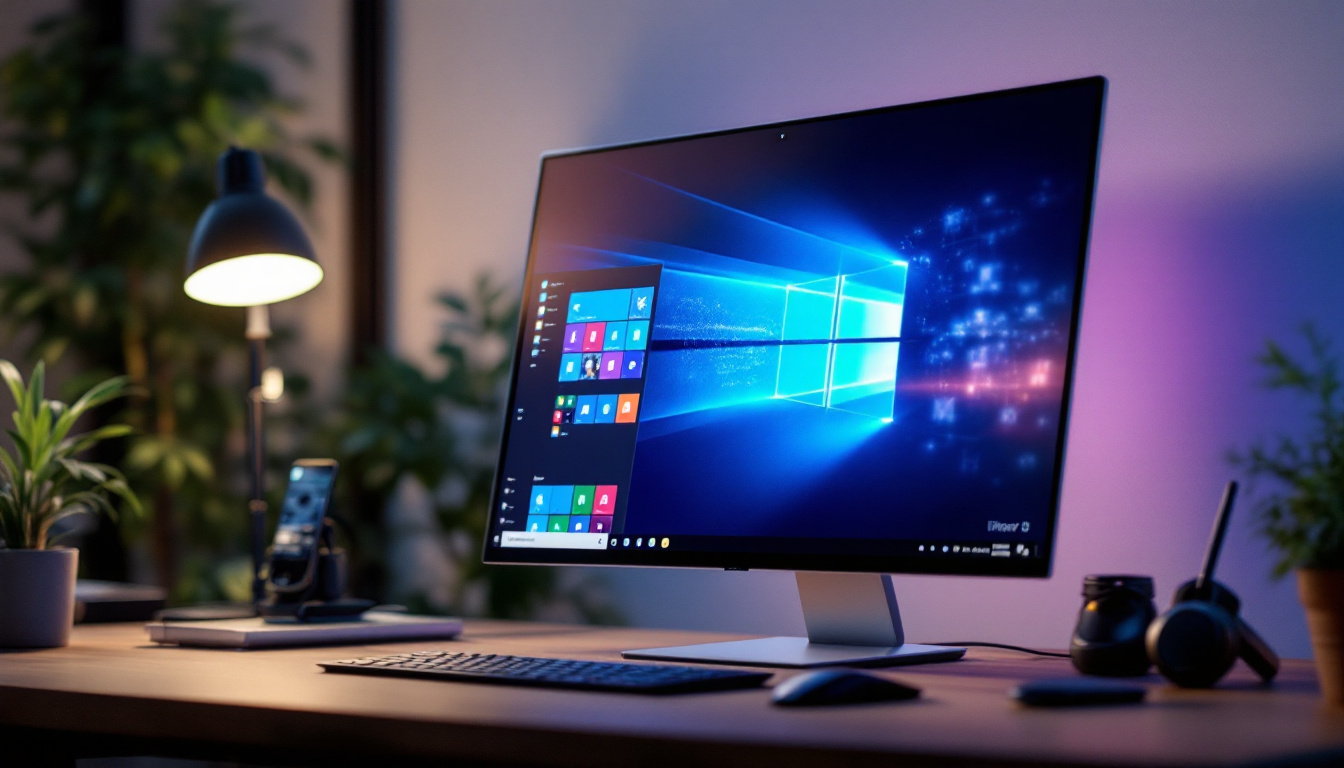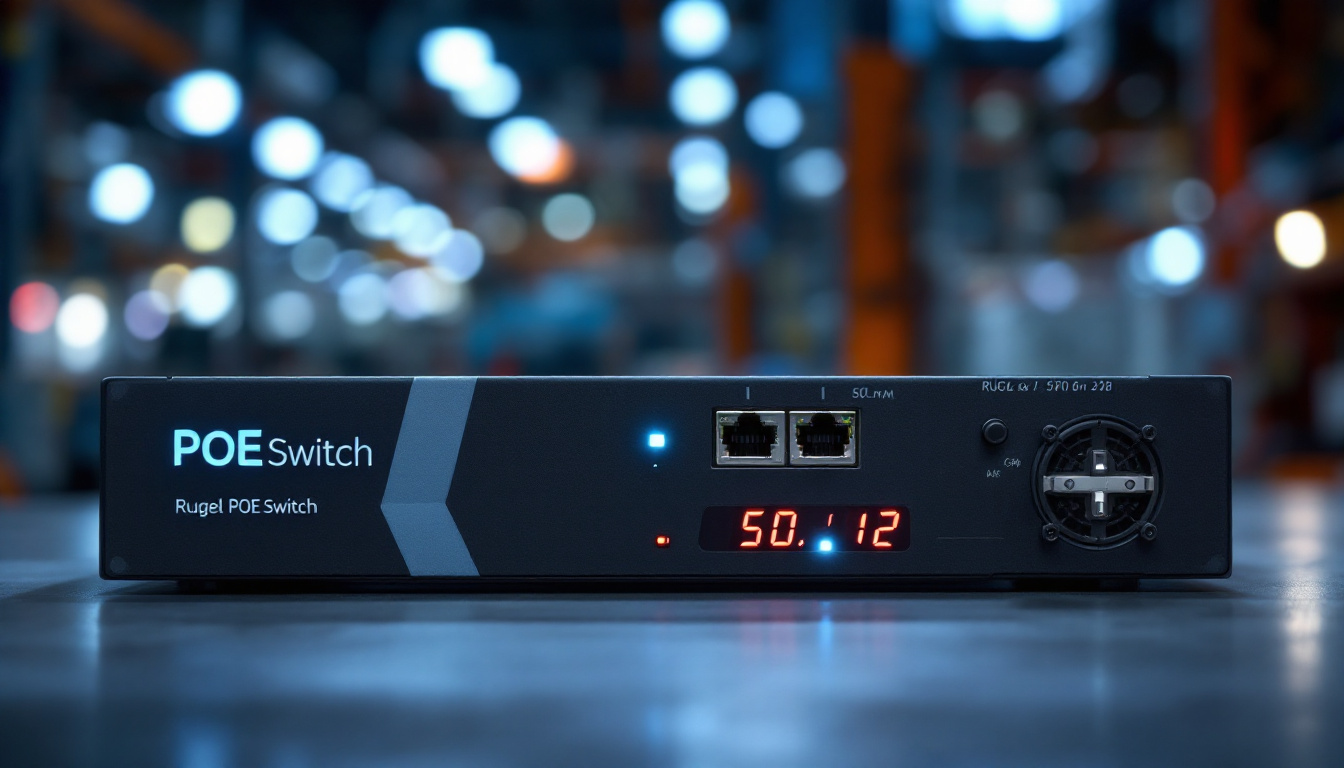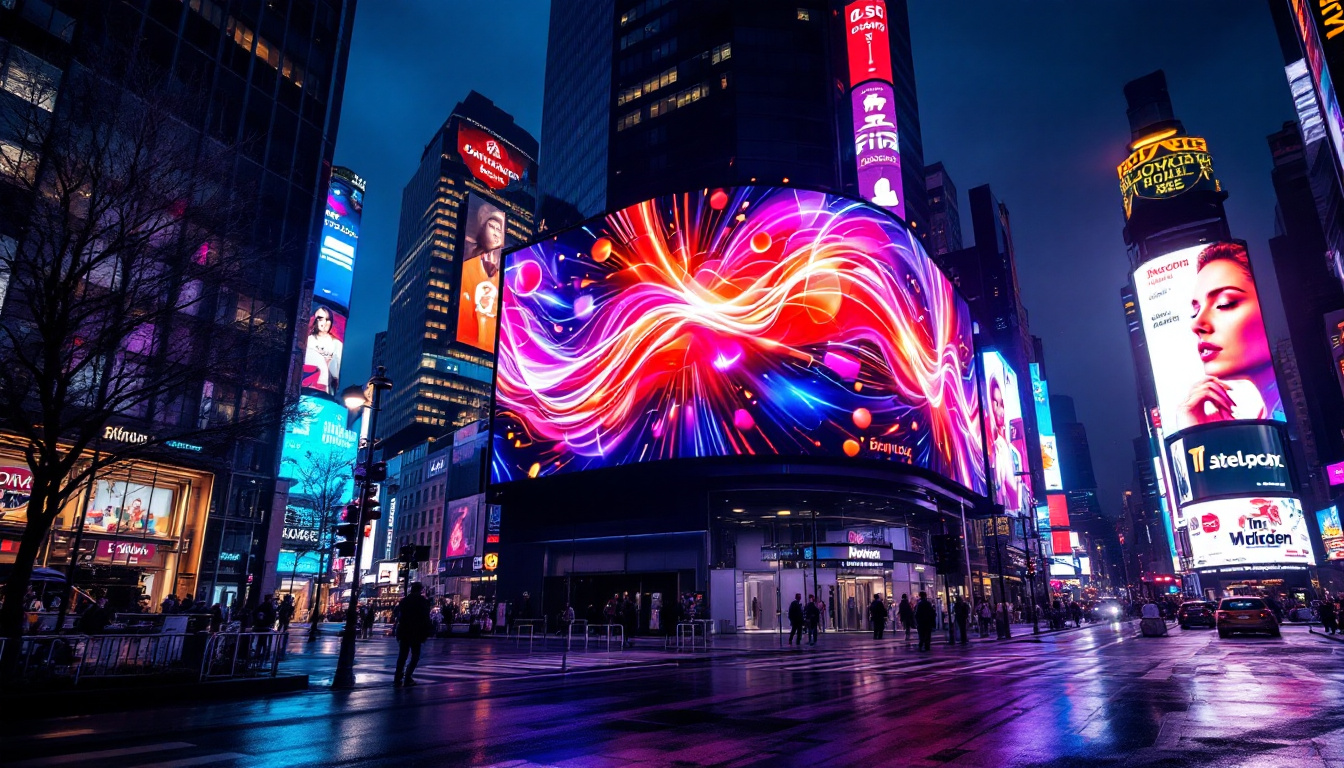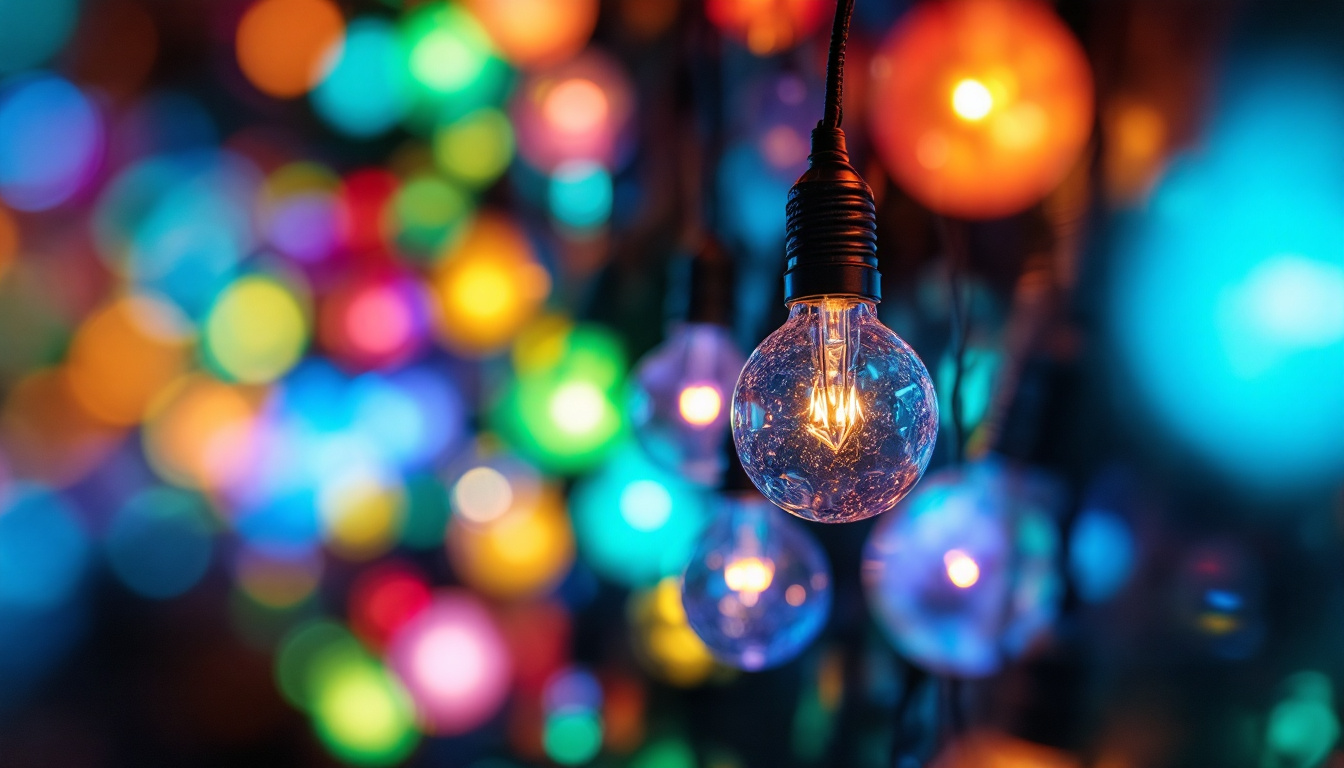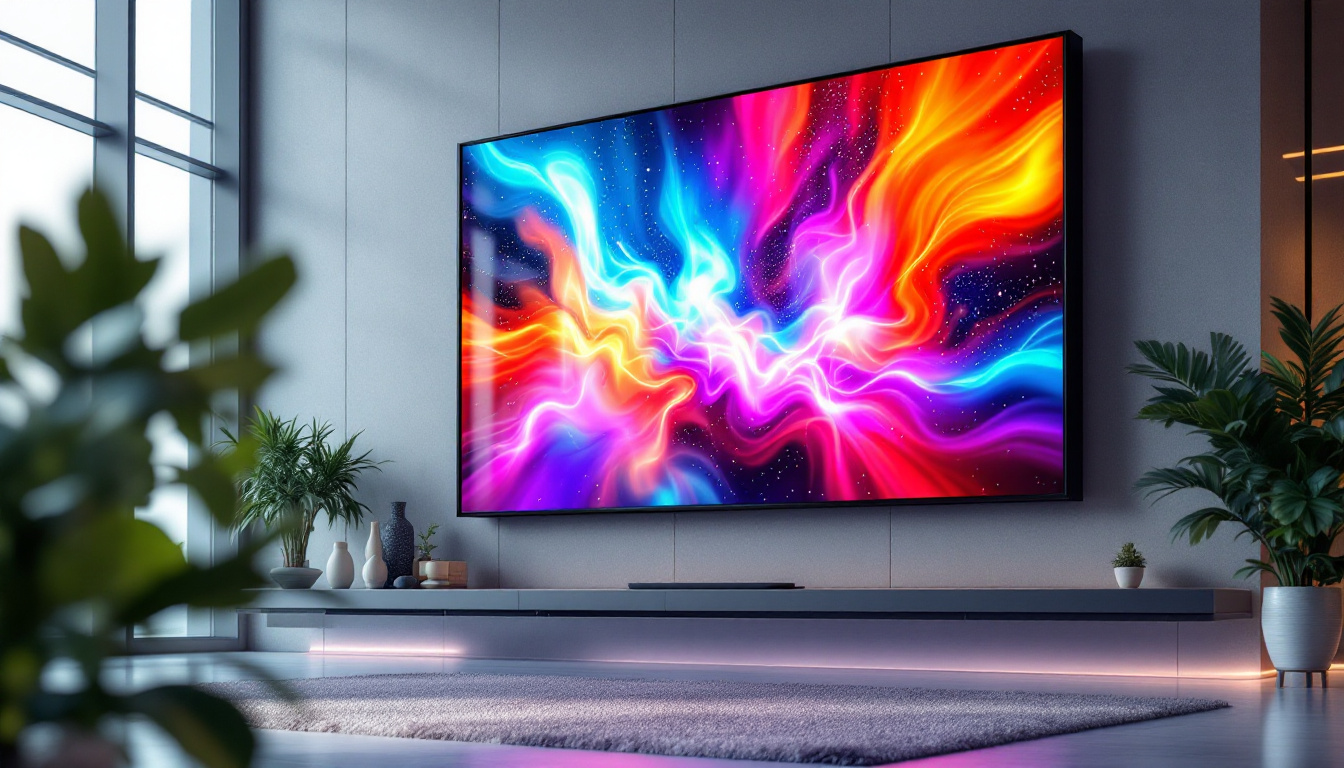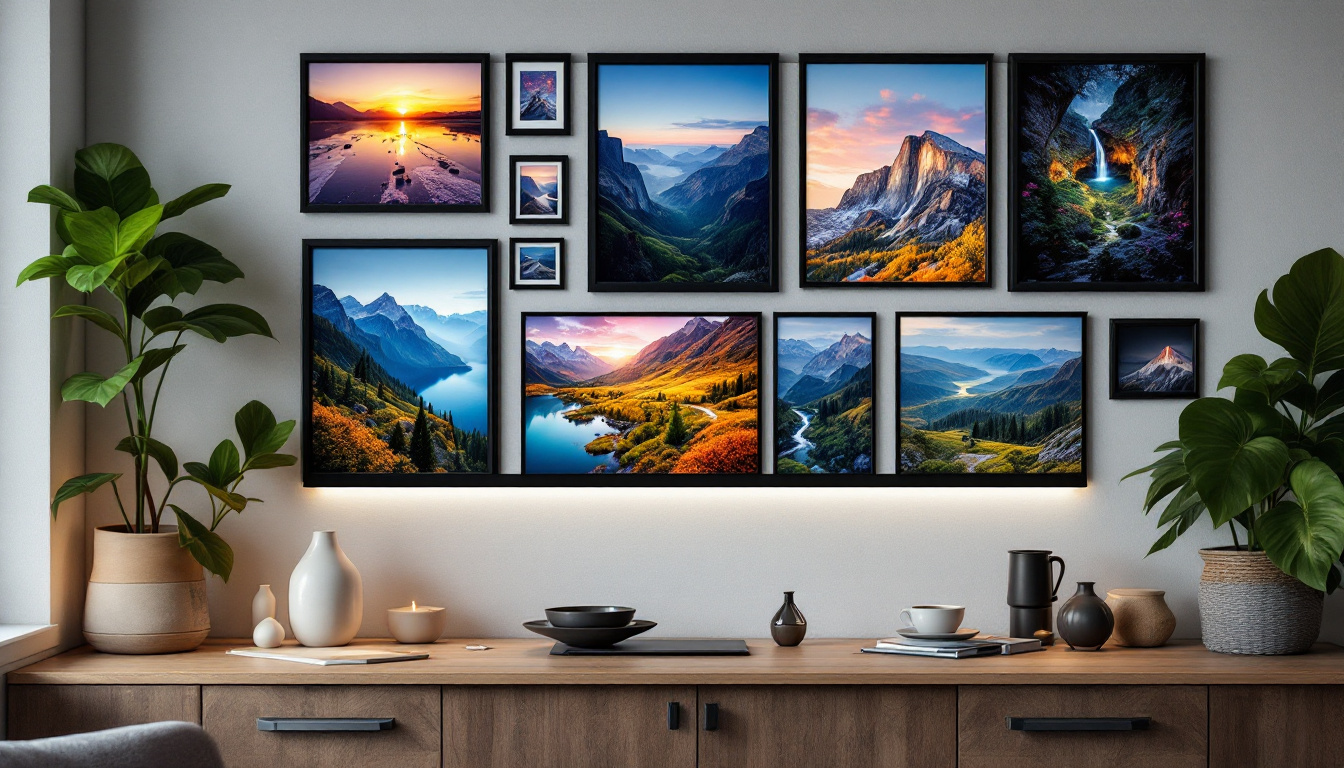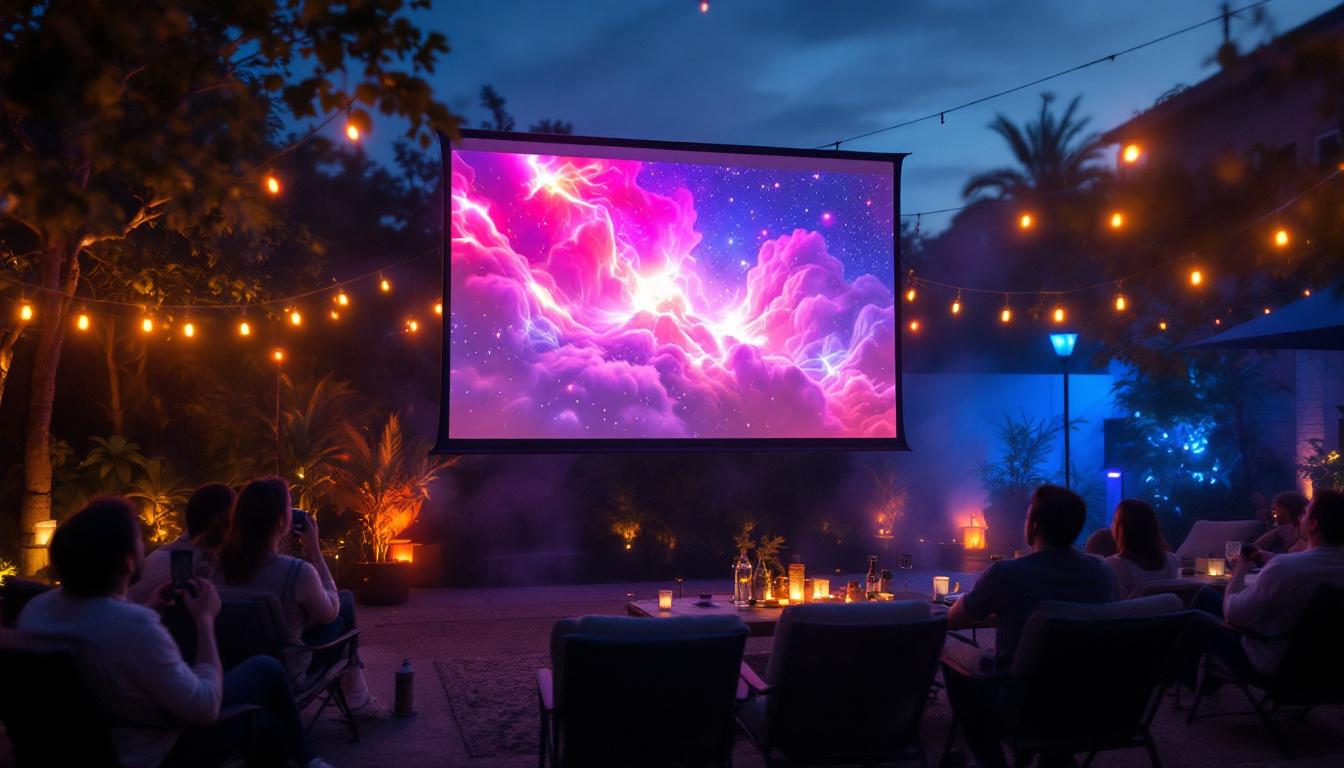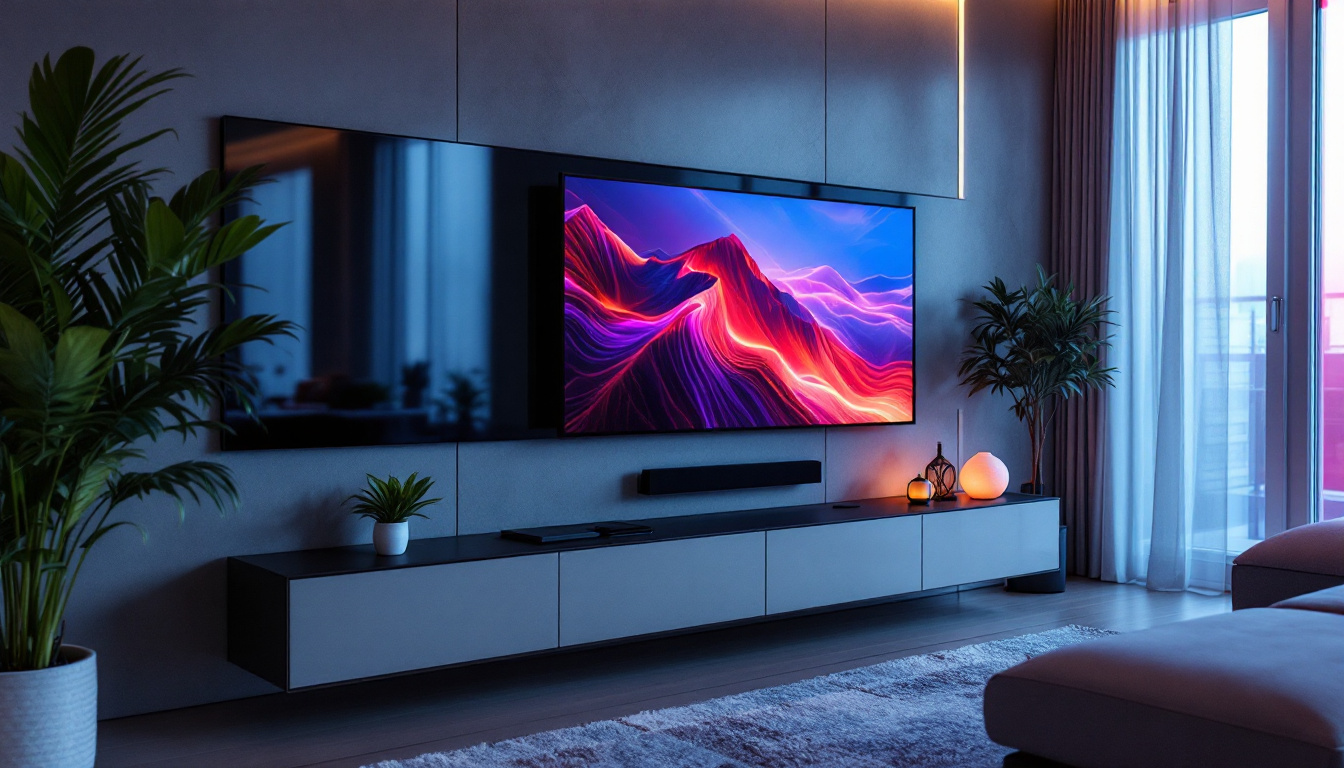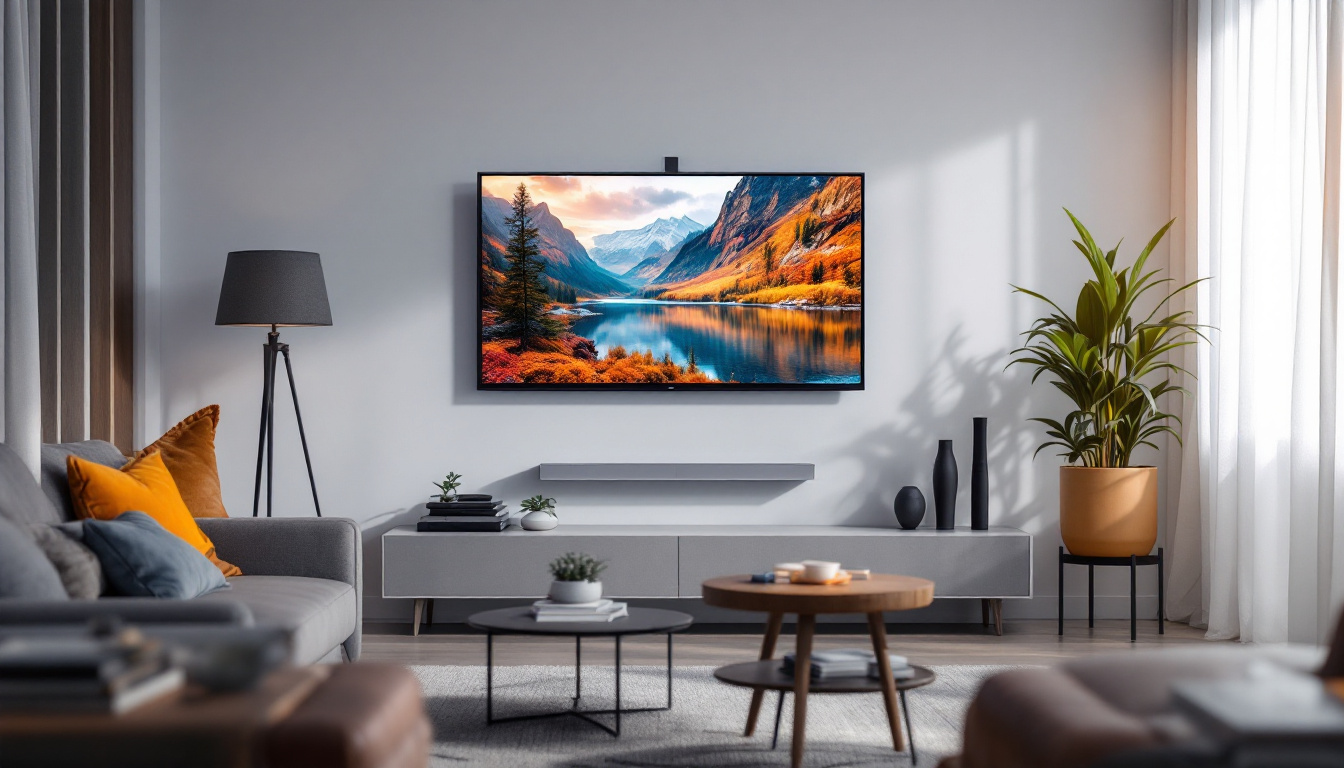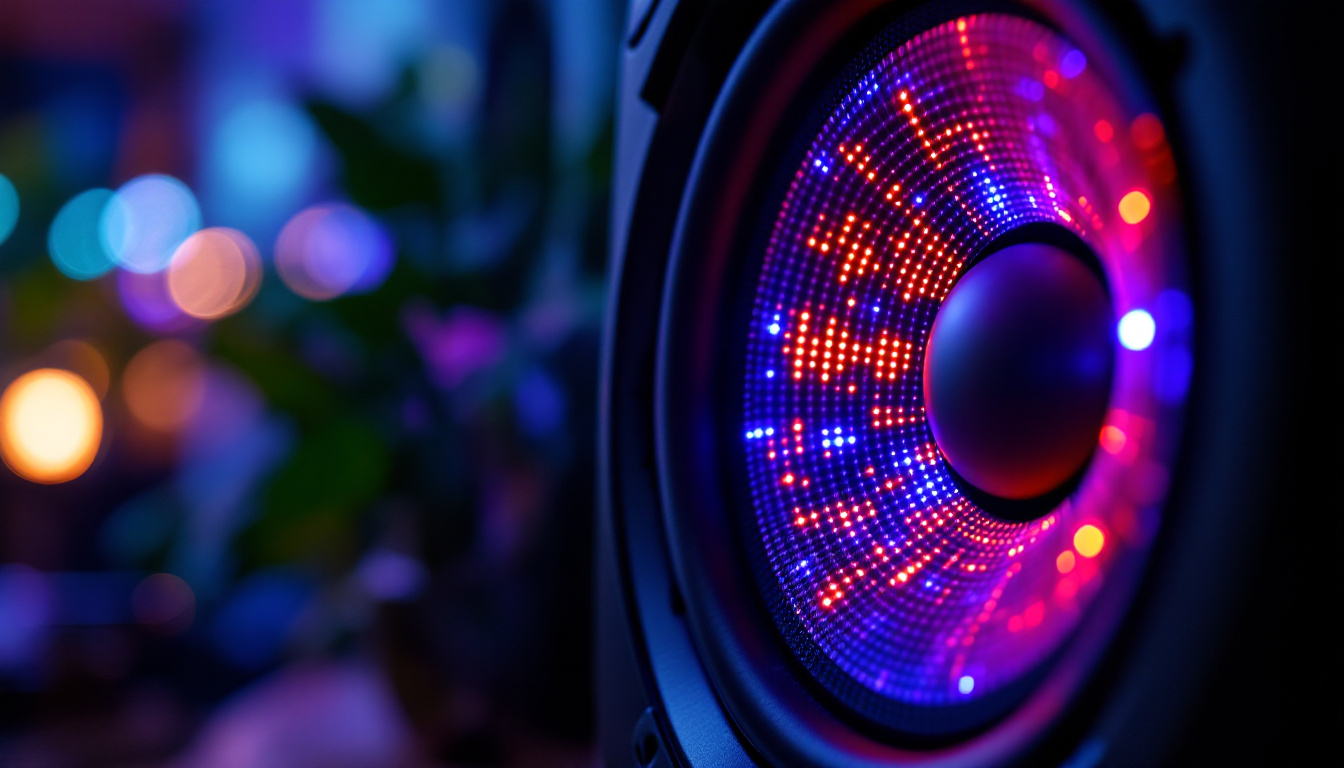In the realm of technology, particularly in display technology, understanding measurements is crucial. One common conversion that often arises is from millimeters (mm) to inches (in). This article delves into the specifics of converting 1.3 mm to inches, particularly in the context of LED displays, which are increasingly prevalent in various applications, from televisions to smartphones.
Understanding the Basics of Measurement Conversion
Measurement conversion is a fundamental skill that is often overlooked. It allows individuals to translate values from one unit to another, which is especially important in fields like engineering, design, and manufacturing. The conversion from millimeters to inches is a common requirement, particularly in industries that deal with precise measurements. For instance, in the automotive industry, engineers frequently need to convert measurements to ensure that components fit together correctly, as even the smallest discrepancies can lead to significant issues in performance and safety.
Moreover, measurement conversion is not limited to just millimeters and inches; it extends to various units such as centimeters, meters, feet, and yards. Each of these units has its own specific applications, and understanding how to navigate between them is crucial for professionals in many sectors. For example, architects may need to convert feet to meters when working on international projects, while scientists often switch between metric and imperial systems depending on the context of their research.
The Conversion Formula
To convert millimeters to inches, one must understand the basic relationship between these two units. The formula used for this conversion is:
1 inch = 25.4 millimeters
Thus, to convert millimeters to inches, the formula becomes:
Inches = Millimeters ÷ 25.4
Using this formula, converting 1.3 mm to inches becomes straightforward. By dividing 1.3 by 25.4, one can arrive at the equivalent measurement in inches. This mathematical relationship is not only a simple equation but also a reflection of the historical development of measurement systems, which have evolved over centuries to meet the needs of various cultures and industries.
Practical Example: Converting 1.3 mm to Inches
Applying the formula, the conversion of 1.3 mm to inches would be calculated as follows:
1.3 mm ÷ 25.4 = 0.0511811 inches
This result can be rounded to approximately 0.0512 inches, providing a clear understanding of how small this measurement is in the context of inches. Such precision is vital in applications like 3D printing, where the accuracy of dimensions can significantly affect the quality of the final product. Even a slight error in measurement can lead to misfits or structural weaknesses, underscoring the importance of mastering conversion techniques.
Furthermore, the ability to convert measurements accurately can enhance communication among professionals. For instance, when collaborating on a project that involves teams from different countries, using a common understanding of measurement units can prevent costly mistakes. This is particularly relevant in global supply chains, where components manufactured in one country must seamlessly integrate with those produced elsewhere. Thus, a solid grasp of measurement conversion not only aids in individual tasks but also fosters effective teamwork across diverse fields and geographical boundaries.
The Relevance of Measurement in LED Displays
LED displays are a significant part of modern technology, utilized in various devices from televisions to smartphones. The size of the components within these displays, including individual LEDs, is often measured in millimeters. Understanding these measurements is essential for manufacturers and consumers alike.
Why Size Matters in LED Displays
The size of an LED display, particularly the pixel pitch, is crucial for determining the quality and clarity of the image produced. Pixel pitch refers to the distance between the centers of two adjacent pixels, typically measured in millimeters. A smaller pixel pitch indicates a higher resolution, as more pixels can fit into a given area.
For example, a display with a pixel pitch of 1.3 mm would have a high density of pixels, resulting in sharper images and better detail. This is particularly important in applications where clarity is paramount, such as in advertising and high-definition televisions.
Applications of 1.3 mm LED Displays
LED displays with a pixel pitch of 1.3 mm are commonly used in various settings, including:
- Indoor Advertising: These displays are ideal for indoor environments where viewers are close to the screen, allowing for a clear and crisp image.
- control rooms: In settings where information needs to be displayed clearly, such as in monitoring stations, a 1.3 mm display ensures that details are easily readable.
- Event Venues: Concerts and conferences often utilize high-resolution displays to engage audiences with vibrant visuals.
Technical Specifications of 1.3 mm LED Displays
When evaluating LED displays, several technical specifications come into play. These include brightness, contrast ratio, and refresh rate, all of which contribute to the overall performance of the display.
Brightness and Contrast Ratio
Brightness is measured in nits and indicates how much light the display emits. A higher brightness level is essential for visibility in well-lit environments. For a 1.3 mm LED display, brightness levels can range from 800 to 2000 nits, making them suitable for various applications.
Contrast ratio, on the other hand, measures the difference between the darkest and brightest parts of the display. A higher contrast ratio translates to more vibrant colors and deeper blacks, enhancing the viewing experience. For high-quality displays, a contrast ratio of at least 4000:1 is often desired.
Refresh Rate and Viewing Angle
The refresh rate, measured in hertz (Hz), indicates how many times the display refreshes its image per second. A higher refresh rate reduces motion blur and provides a smoother viewing experience, particularly important in fast-paced video content. For 1.3 mm displays, refresh rates typically range from 60 Hz to 120 Hz.
Viewing angle is another critical specification, as it determines how far off-axis a viewer can be while still enjoying a clear image. A wide viewing angle is essential for displays used in public settings, allowing multiple viewers to see the content without distortion.
Advantages of 1.3 mm LED Displays
Choosing a 1.3 mm LED display comes with several benefits that make them appealing for various applications. Understanding these advantages can help in making informed decisions when selecting display technology.
High Resolution and Clarity
As previously mentioned, the primary advantage of a 1.3 mm pixel pitch is the high resolution it offers. This resolution is particularly beneficial for applications requiring detailed visuals, such as graphics-intensive presentations or high-definition video playback.
The clarity provided by these displays ensures that text and images remain sharp, even when viewed from a close distance. This is crucial in environments like control rooms where information needs to be conveyed quickly and accurately.
Energy Efficiency
Modern LED displays, including those with a 1.3 mm pixel pitch, are designed to be energy efficient. They consume less power compared to traditional display technologies, which not only reduces operational costs but also minimizes environmental impact.
Energy efficiency is an important consideration for businesses looking to lower their carbon footprint while maintaining high-quality visuals. This makes 1.3 mm LED displays an attractive option for environmentally conscious organizations.
Challenges and Considerations
While 1.3 mm LED displays offer numerous benefits, there are also challenges and considerations to keep in mind when selecting and implementing this technology.
Cost Implications
One of the primary challenges associated with high-resolution LED displays is the cost. The manufacturing process for smaller pixel pitches can be more complex, leading to higher prices. Organizations must weigh the benefits of improved resolution against their budget constraints.
Investing in a 1.3 mm LED display may require a significant upfront cost, but it can lead to long-term savings in maintenance and energy consumption. Careful financial planning is essential to ensure that the investment aligns with the organization’s goals.
Installation and Maintenance
Installing a 1.3 mm LED display requires expertise and precision. The complexity of the setup can lead to additional costs if not managed properly. It is crucial to work with experienced professionals to ensure that the installation is executed flawlessly.
Maintenance is another consideration, as regular upkeep is necessary to ensure optimal performance. Organizations should establish a maintenance schedule to address any issues promptly and keep the display functioning at its best.
Future Trends in LED Display Technology
The LED display industry is constantly evolving, with new trends emerging that promise to enhance performance and user experience. Understanding these trends can provide insight into the future of display technology.
Advancements in Pixel Technology
Future advancements in pixel technology are expected to lead to even smaller pixel pitches, allowing for higher resolutions and improved image quality. Innovations such as microLED and miniLED are paving the way for displays that offer superior performance in terms of brightness, contrast, and energy efficiency.
These advancements will likely make high-resolution displays more accessible, expanding their applications across various industries, including entertainment, advertising, and education.
Integration with Smart Technology
As smart technology continues to permeate various aspects of life, LED displays are also becoming more integrated with smart systems. This integration allows for enhanced interactivity and connectivity, enabling users to control displays through mobile devices and other smart interfaces.
The future of LED displays will likely see a greater emphasis on user experience, with features that allow for customizable content and real-time updates. This trend will be particularly beneficial in advertising and information dissemination, where timely and relevant content is key.
Conclusion
Understanding the conversion of 1.3 mm to inches is just the tip of the iceberg when it comes to the world of LED displays. These displays, characterized by their high resolution and clarity, are revolutionizing how information is presented and consumed. While challenges such as cost and maintenance exist, the advantages they offer make them a worthwhile investment for many applications.
As technology continues to advance, the future of LED displays looks promising, with innovations that will enhance performance and user experience. Whether for indoor advertising, control rooms, or event venues, the importance of precise measurements and high-quality displays cannot be overstated.
In conclusion, the transition from millimeters to inches is not merely a mathematical exercise; it represents a broader understanding of how measurements influence technology and its applications in today’s world.
Explore Cutting-Edge LED Displays with LumenMatrix
Ready to experience the future of visual communication? LumenMatrix is at the forefront of LED display innovation, offering a wide array of solutions tailored to your needs. From Indoor and Outdoor LED Wall Displays to specialized options like Vehicle, Sports, and Floor LED Displays, our products are designed to captivate and engage. Discover how our Custom, All-in-One, and Transparent LED Displays can transform your space and elevate your message. Don’t miss the opportunity to make a lasting impression. Check out LumenMatrix LED Display Solutions today and see the difference for yourself.


